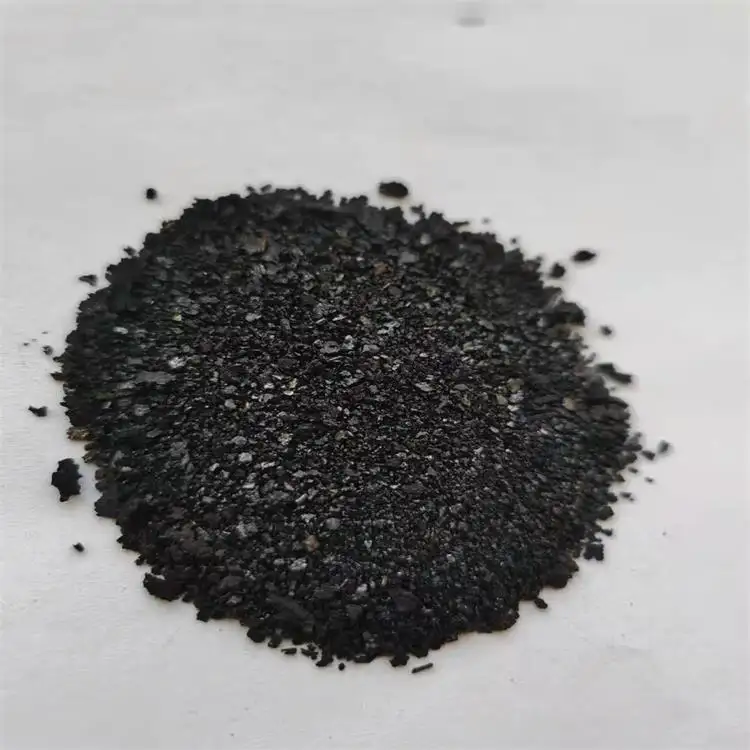Exploring Sustainable Dyeing Techniques and Innovations in Indigo Production for Fashion Industry Impact
The Art and Science of Dyeing with Indigo
Dyeing fabrics has been a significant craft across various cultures for centuries, with indigo dyeing holding a special place in this rich tapestry of history. Known for its deep blue hues, indigo has captured the imagination of artists and fashion enthusiasts alike. The process of dyeing with indigo not only involves a sophisticated technique but also a connection to cultural heritage, sustainability, and artistry.
Understanding Indigo Dye
Indigo dye originates from the leaves of the indigo plant, primarily found in tropical and subtropical regions. Unlike many other dyes derived from minerals or synthetic compounds, indigo is a natural dye, making it a preferred choice for eco-conscious consumers. The dyeing process involves fermenting the leaves to release the indigo pigment, which exists in a soluble form during fermentation. When the fabric is immersed into this solution, the dye molecules bond with the fibers, creating a stunning array of blues.
The Dyeing Process
The process of dyeing with indigo is both an art and a science. First, the fabric must be prepared to accept the dye, often through a process called mordanting, which helps to fix the dye to the fiber. Once the fabric is primed, it can be dipped into the indigo vat, a vibrant and dynamic process. As the fabric is pulled from the vat and exposed to air, it undergoes an incredible transformation. The color shifts from yellow-green to a rich blue, deepening with each successive dip. This unique oxidation process reflects the magical relationship between nature and craftsmanship.
Cultural Significance
dyeing with indigo company

Indigo dyeing is steeped in cultural significance across the globe. In Japan, traditional indigo dyeing, known as aizome, has been practiced for centuries and is often associated with distinctive patterns like the shibori tie-dye technique. Similarly, in West Africa, indigo is woven into social and ceremonial fabrics, symbolizing status and identity. The ritual of indigo dyeing fosters community, where artisans come together to share techniques that have been passed down through generations. Today, there is a resurgence of interest in traditional indigo dyeing practices, spurred by a desire to reconnect with cultural roots and promote sustainable fashion.
Sustainability and Innovation
In an era of fast fashion, the indigo dyeing process stands out for its low environmental impact. Natural indigo is biodegradable, unlike many synthetic dyes that can release harmful chemicals into waterways. Furthermore, the indigo dyeing process often emphasizes the use of organic materials and traditional practices, promoting a sustainable economic model for communities engaged in this craft.
Innovative techniques are also being integrated into contemporary practices, such as using indigo in combination with other natural dyes to create vibrant color palettes. Modern designers are exploring the potential of indigo in fashion, crafting sustainable collections that celebrate artisanal methods while resonating with the contemporary consumer's ethos.
Conclusion
The journey of dyeing with indigo is much more than just creating a stunning blue fabric; it represents an intricate blend of tradition, artistry, and sustainability. As we navigate through the complexities of modern fashion, the lessons learned from indigo dyeing remind us of the value of heritage and the importance of mindful practices. Companies focused on indigo dyeing are not just preserving an ancient craft but also paving the way for a more sustainable future in the textile industry. Whether through traditional patterns or modern designs, the legacy of indigo dye will continue to influence and inspire for generations to come.
-
Innovating Bromo Indigo Excellence
NewsAug.23,2025
-
Pioneering Indigo Plant Dye Excellence
NewsAug.23,2025
-
Leading Sulphur Black Dyes Enterprise
NewsAug.23,2025
-
Sulphur Black Dyes Light Resistance
NewsAug.23,2025
-
Indigo Blue Granular Industrial Uses
NewsAug.23,2025
-
Bromo Indigo Synthetic Production Process
NewsAug.23,2025
-
The Timeless Art of Denim Indigo Dye
NewsJul.01,2025

Sulphur Black
1.Name: sulphur black; Sulfur Black; Sulphur Black 1;
2.Structure formula:
3.Molecule formula: C6H4N2O5
4.CAS No.: 1326-82-5
5.HS code: 32041911
6.Product specification:Appearance:black phosphorus flakes; black liquid

Bromo Indigo; Vat Bromo-Indigo; C.I.Vat Blue 5
1.Name: Bromo indigo; Vat bromo-indigo; C.I.Vat blue 5;
2.Structure formula:
3.Molecule formula: C16H6Br4N2O2
4.CAS No.: 2475-31-2
5.HS code: 3204151000 6.Major usage and instruction: Be mainly used to dye cotton fabrics.

Indigo Blue Vat Blue
1.Name: indigo blue,vat blue 1,
2.Structure formula:
3.Molecule formula: C16H10N2O2
4.. CAS No.: 482-89-3
5.Molecule weight: 262.62
6.HS code: 3204151000
7.Major usage and instruction: Be mainly used to dye cotton fabrics.

